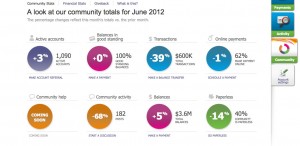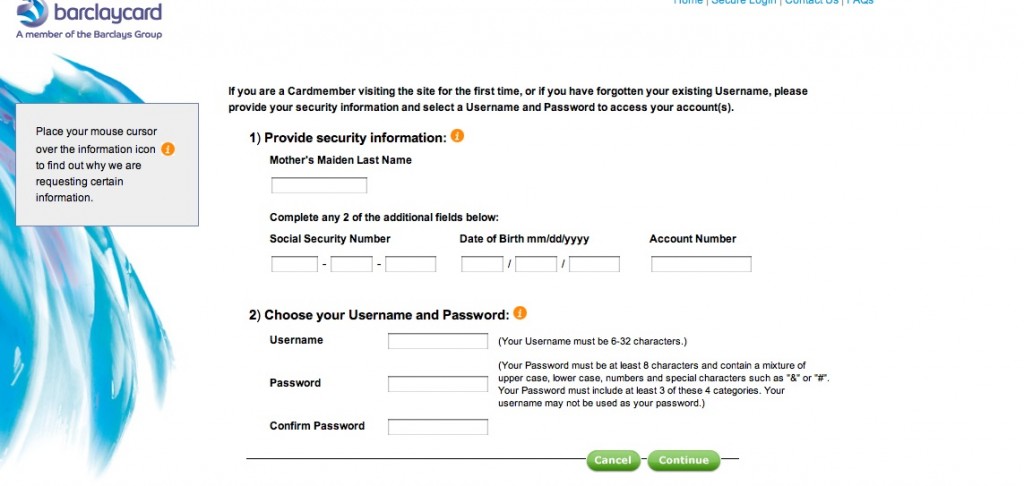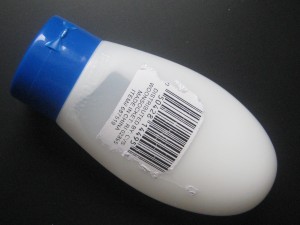I’ve now got a lot more insight into this card as the result of an online exchange with Product Manager Jared Young and a phone conversation with community manager Jen Hitchens. I didn’t get a clear answer as to how I happened to be solicited for the card—there were a number of test programs in place etc—but did glean some other insights of interest to marketers.
The Barclaycard Ring MasterCard grew out of an alpha experiment called Innovation Lab, as documented on the timeline of their Facebook page. Paul Wilmore, Managing Director-Consumer Markets, Barclaycard US, wanted to launch a new product that a/combats the low trust level of the banking industry b/leverages the popularity of social media and c/includes a financial literacy/education component. It evolved into Barclaycard Ring, which was launched in March 2012.
As I mentioned previously, I was looking for a new rewards card (Citi’s Thank You had changed its program and shafted me by expiring my nearly 400,000 points) and got a solicitation via email. But Jen says it’s not intended to be a rewards card. People are attracted by the low interest rate (currently 8% APR) and the transparency and they really enjoy talking about financial literacy topics on the community website.
In a post called “Community Share of Giveback™” (access for cardmembers only), Jared calculates that the average cardholder will earn $9 in giveback over a 6 month period. Assuming that cardmember averages $1000 a month in charges, that’s a much lower percentage than the 1% minimum that’s typical with rewards cards. So there have to be other benefits, and evidently there are.
Jen reports that the conversations have been almost universally positive on the forums so far—she’s got controls to handle negative or abusive posters but she’s never had to use them. The cardmembers are very happy to discuss arcane features of CILs (that’s credit line increase), nominate charities the community should support, and (especially) lend their recommendations about other card features they’d like to see. They also like to see the financial statements although I personally find them rather opaque.

One concern I have is that all these folks are early adopters… there were only 1090 active cardmembers as of the June reporting period… and the community may change as more people join. But it’s a very interesting experiment with its heart in the right place. If you’re involved in social media, you should get this card just to keep up with what they’re doing. (That’s my referral code, of course…. it will generate Giveback™ to the community if you are accepted.)

